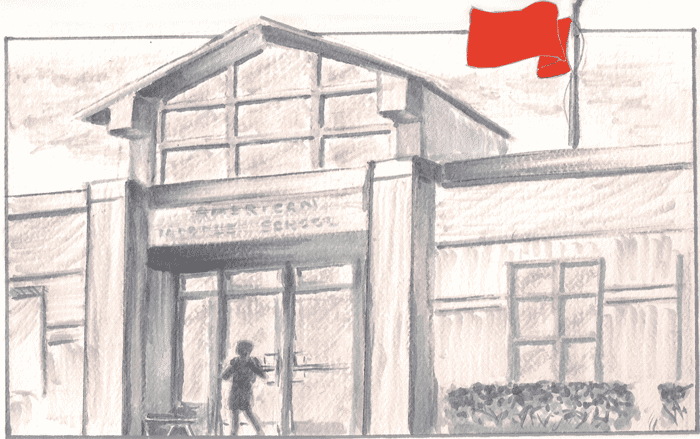7 Reasons Why Email Newsletter Marketing Still Works

After all the years I’ve worked in the email marketing industry, I am still amazed at the changes we go through on a regular basis. From the start of DMARC to deal with phishing to the intricacies of social media integration, it can truly be said of email that “it’s always something.”
Some email marketing tactics stay tried-and-true, however. And email newsletter marketing is near the top of that list.
If email newsletter marketing has fallen out of favor at your organization, overshadowed by other marketing initiatives, here are seven reasons to give email marketing newsletters another look.
1. Different People, Different Channels
Some portion of your audience will turn to Twitter for your latest. Some will check in on your Facebook page. Still others will want your info delivered to their inbox because email newsletters remains their first choice for communications from you. Email newsletters keep you communicating with different people via different channels. In fact, your newsletter can be sent out via email, then archived on your website with tweets and Facebook links pointing to it. That approach meets everyone’s need!
2. Nurturing From Prospect to Customer
The email newsletter remains an effective way to build a relationship with a prospect, nurturing them along until they become a customer. They obviously like you enough to sign up for your marketing newsletter. Now keep moving things along in the inbox, kindly and noncommittally, in a way only the soft approach of a newsletter can do.
3. Staying Top of Mind
When someone buys from you, that’s only the beginning of the potential purchases that lie ahead, as long as you keep nurturing the relationship along. Email marketing newsletters can do that, nonchalantly keeping you top of mind until it’s time for another—or different—purchase.
4. Social Media Sharing
What do people share? Content! Whether they tweet it, link to it , blog on it or share it, people spread the word about content they like, whether it’s your writing, pictures or video. And your newsletter can be a mix of all three. As long as it’s great content people will want to share, the format matters less than the share-ability.
5. Serving an SEO Purpose
Even in an age dominated by Facebook, the search engines are still major players in any online marketing efforts. Getting found by people who don’t yet know about you is key, and, in many cases, SEO is how that happens. You give your SEO a boost every time you add content to your website…which archiving your newsletter automatically does. Easy to do, easy to benefit from.
6. Content Marketing
Content marketing is still a hot topic, and an easy one for you to address if an email newsletter is already part of your marketing arsenal. After all, what is a newsletter but content?
7. Repurposing Content
Content has value. And the more use you can get out of it, the more value it has. A newsletter can be repurposed content from your blog, whitepaper or Facebook commentary. Or it can be the fodder for any of those. Think “write once, use repeatedly,” and you’ll find your newsletter content is both fed by and feeds several other sources.
There you have it. Seven reasons why newsletters are still newsworthy…and still have a place in your online marketing strategy.
- Say “No!” to Wimpy Calls to Action - March 23, 2020
- How a Relational Database Makes Holiday Shopping Pay Off All Year - December 3, 2018
- What is spam, really? - August 31, 2018


2 Comments
by Andy from Benchmark Email
All great points, Marco! #3 and a few others, also speak to increasing brand awareness. I’ve read that it takes seven times for a person to see your brand for them to recognize it. If you can knock a few out those out with a newsletter, all the better.
by Scott Hardigree
Right on Andy. Add with the RSS-to-email, social merge tags, and drop-and-drop features that are provided by today’s ESPs, campaign production efforts are greatly reduced (if not eliminated altogether) which removes what used to be a huge barrier to production efficiency.